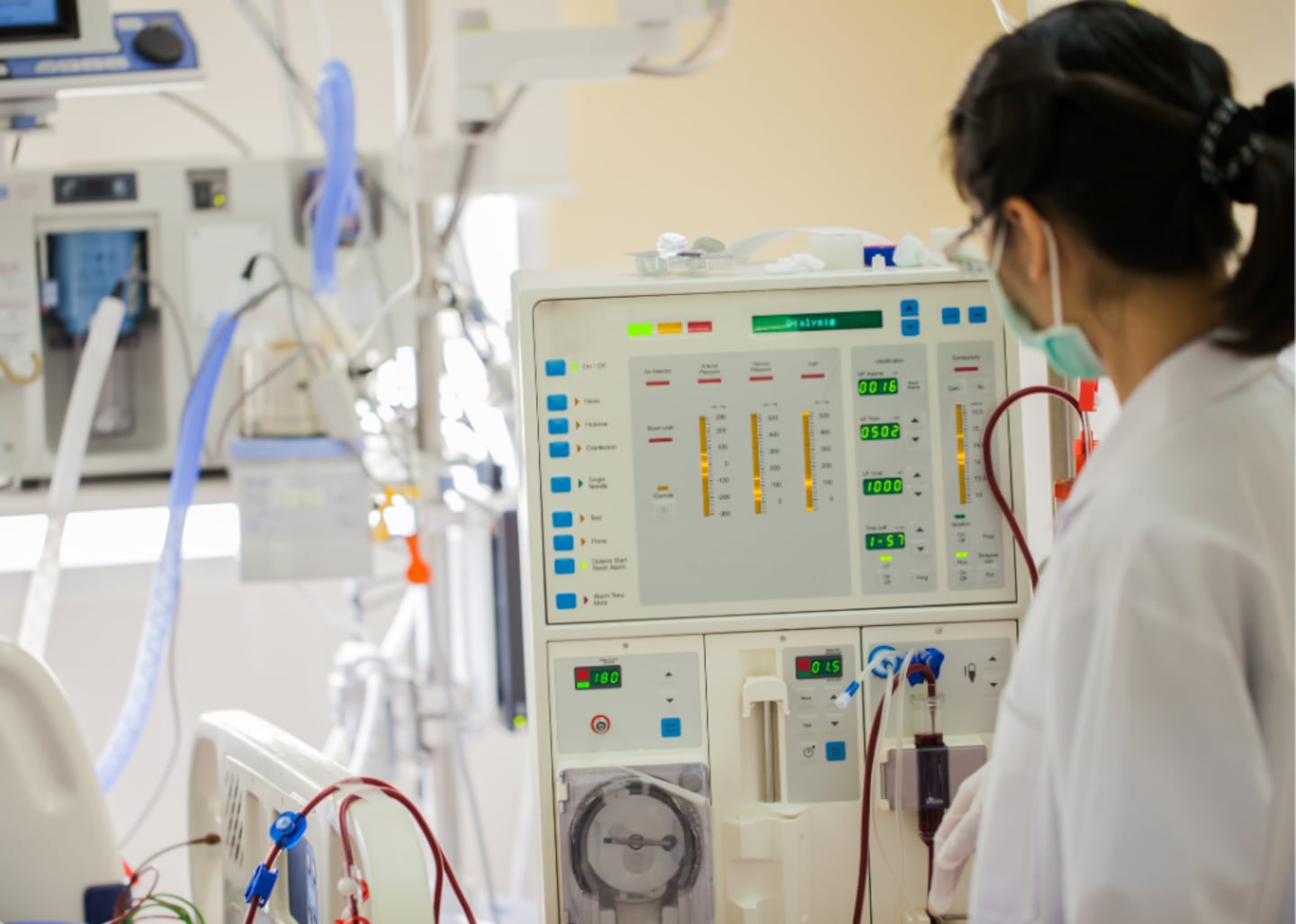Kidney disease is a serious yet often overlooked condition that affects millions worldwide. Despite its impact, it is frequently underestimated compared to illnesses like cancer and heart disease. The science journal Nature called it a "hidden epidemic," as it now occupies the third spot on the list of the most quickly growing causes of death worldwide.
Compare Dialysis Centers examined Centers for Disease Control and Prevention data and other sources to explore the risk factors for chronic kidney disease, or CKD, and its growing ubiquity among different populations.
The CDC estimates that 37 million American adults have CKD. Despite its prevalence, the disease is often referred to as a "silent killer" because symptoms typically don't appear until significant damage has already occurred. According to Penn Medicine, 90% of those affected don't realize they have it until the later stages, making early detection incredibly difficult.
By the time symptoms such as fatigue, swelling, or changes in urination develop, kidney function may already be severely compromised, according to the Mayo Clinic. The lack of early warning signs can lead to delayed diagnosis and treatment.
The CDC reports that several factors raise the likelihood of developing kidney disease, including diabetes, high blood pressure, heart disease, obesity, and a family history of kidney problems. The prevalence of these chronic illnesses worldwide could be related to kidney disease becoming increasingly common.
Unlike high-profile diseases such as cancer or heart disease, kidney disease has received relatively little attention. A 2019 study analyzed by Our World In Data found that it was among the "most underrepresented" causes of death in American news reports, despite its widespread impact.
However, CKD-related deaths are increasing. Projections by researchers in a robust study published in The Lancet in 2018 indicate that by 2040, CKD will become the fifth-leading cause of years of life lost globally—up from 16th place in 2016. Despite these alarming trends, awareness remains low, underscoring the need for greater public understanding, improved screening efforts, and better access to early treatment options.
Compare Dialysis Centers
Why cases of kidney disease are becoming more prevalent
The kidneys are vital in maintaining overall health by filtering waste and excess body fluids. They also produce hormones that help regulate blood pressure, create red blood cells, and support bone health.
CKD happens when the kidneys become damaged and can no longer function properly, which can lead to serious health complications such as high blood pressure and heart disease. Over time, CKD can progress to kidney failure, requiring dialysis or a transplant for survival.
The prevalence of kidney disease has been steadily increasing. According to the CDC, the percentage of American adults with CKD rose from 12.9% between 2001 and 2004 to 13.9% between 2017 and March 2020.
Certain populations are disproportionately affected. The CDC reports that CKD is more common in women and significantly more prevalent in adults over the age of 65. Black Americans are also at higher risk due to several factors, including racial disparities that lead to socioeconomic barriers to health care access as well as genetic factors, according to the Mayo Clinic.
While kidney disease can affect anyone, managing it is often expensive. A study published in 2023 in Advances in Therapy found that treatment costs can reach thousands of dollars per year, creating a significant financial burden for patients and their families. For those requiring dialysis or transplants, the costs—and the challenges of accessing care—can be overwhelming.
Despite its growing prevalence and impact, advocates say kidney disease research remains underfunded. A 2023 position paper by the National Kidney Foundation and the American Society of Nephrology urged increased support for kidney-related research, noting that it has historically received far less funding than other major diseases.
"Historically, kidney-related research has been inexcusably underfunded compared to other disease states," researchers wrote, emphasizing the need for greater investment in new treatments and prevention strategies.
Chaikom // Shutterstock
How the medical community is working to improve awareness
Managing kidney disease requires a combination of lifestyle changes and medical interventions. Current treatment options include medications to control blood pressure, reduce swelling, treat anemia, and manage cholesterol levels. However, for those with severe kidney damage, more intensive treatments may be necessary.
Dialysis is a common option for patients whose kidneys can no longer function. This process artificially removes waste and excess fluids from the body, but it can be time-consuming and physically demanding. Some forms of dialysis require sessions lasting three to five hours three times a week.
For eligible patients, a kidney transplant from a healthy donor offers a more permanent solution, but it comes with challenges. While transplants are considered the treatment of choice for kidney failure, the demand for donor organs far exceeds the available supply.
At any given time in the U.S., nearly 90,000 people are waiting for a new kidney, according to the nonprofit United Network for Organ Sharing. Even after receiving a transplant, patients must take lifelong medication to prevent rejection.
Beyond the toll on individual patients, kidney disease also places a significant financial burden on health care systems. In 2019, Medicare spending on CKD treatment reached $87.2 billion, according to the CDC. To reduce these costs and improve patient outcomes, the agency advocates for increased collaboration among government agencies, researchers, and health care organizations to promote early diagnosis and prevention strategies.
A study published in the Annals of Internal Medicine in 2023 found that routine CKD screening in at-risk adults could improve detection, leading to better outcomes and cost savings.
"By screening for CKD, we can diagnose and treat it at an earlier stage, improving life expectancy and reducing the risk of progressing to late-stage kidney disease, which is deadly and costly," Marika Cusick, the study's lead author, said. Advocates continue to push for more research funding and increased public awareness.
"Increasing knowledge and implementing sustainable solutions for early detection of kidney disease are public health priorities," a coalition of kidney health organizations wrote in April 2024.
The authors argued that as kidney disease rates increase worldwide, the World Health Organization should formally recognize it as a priority noncommunicable disease, which could help secure more funding for research and treatment development, ultimately improving outcomes for millions of patients.
Story editing by Carren Jao. Copy editing by Kristen Wegrzyn.
This story originally appeared on Compare Dialysis Centers and was produced and distributed in partnership with Stacker Studio.












